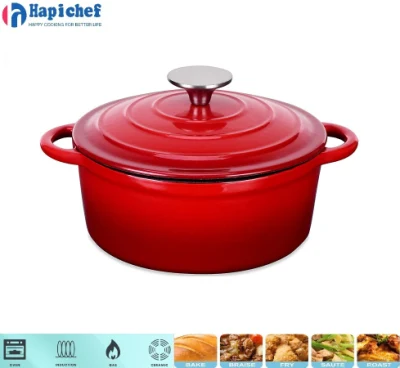Using OEM Cast Iron Skillet on a Glass Top Stove Safely and Effectively
Cooking with an OEM Cast Iron Skillet on a Glass Top Stove
Using a cast iron skillet is a beloved cooking method for many, thanks to its unparalleled heat retention and versatility. However, when it comes to using an OEM (Original Equipment Manufacturer) cast iron skillet on a glass top stove, some specific considerations must be taken into account to ensure optimal performance and to protect your cookware and kitchen surfaces.
Firstly, it is essential to understand the characteristics of both your cast iron skillet and glass top stove. Cast iron skillets are renowned for their ability to evenly distribute heat, making them ideal for searing meats, frying, and baking. However, they are also quite heavy, and their rough bottom can potentially scratch the smooth surface of a glass top stove. Therefore, using these skillets requires a gentle approach.
To begin with, always lift the cast iron skillet rather than sliding it across the stove's surface. Sliding can cause scratches or cracks on the glass top, which can be costly to repair. When placing the skillet on the stove, ensure it is positioned over the burner entirely to provide even heating and avoid hotspots.
Preheating the skillet is crucial, but it should be done gradually. Start at a low heat setting and allow the skillet to warm up; this way, you minimize the risk of thermal shock—rapid temperature changes that can damage both the skillet and the stove. Once the skillet is adequately warmed, you can increase the heat to your desired cooking temperature.
oem cast iron skillet on glass top stove

When cooking, use moderate to low heat settings when possible. Cast iron is excellent at retaining and distributing heat, so high temperatures are often unnecessary and can lead to an overheated cooking surface or burnt food. Additionally, be cautious of using metal utensils, as they can scratch the skillet’s seasoning if used carelessly.
Cleaning your OEM cast iron skillet after use is equally important. Avoid using soap, as it can strip the protective seasoning. Instead, use warm water and a stiff brush to gently clean the surface. After washing, ensure the skillet is thoroughly dried to prevent rusting, and consider applying a light coat of oil before storing it to maintain its seasoning.
Finally, it’s worth noting that while using a cast iron skillet on a glass top stove is entirely feasible, some brands or models may have specific guidelines that you should follow. Always consult the manufacturer's instructions for both your skillet and stove to ensure you're adhering to any recommendations they provide.
In conclusion, an OEM cast iron skillet can be a fantastic addition to your cooking arsenal, even when using a glass top stove. By taking the necessary precautions, you can enjoy all the benefits of cast iron cooking without compromising the integrity of your kitchen equipment. Happy cooking!
-
hapichefs-casserole-cast-iron-cookware-symphonyNewsAug.23,2025
-
casserole-cast-iron-cookware-in-a-modern-art-installationNewsAug.23,2025
-
hapichefs-molten-artistry-portable-cast-iron-bbq-grill-birthNewsAug.23,2025
-
forging-flavor-in-acast-iron-bbq-grills-fireNewsAug.23,2025
-
hapichefs-enameled-cast-iron-bakeware-a-chefs-museNewsAug.23,2025
-
why-colorful-enameled-cast-iron-bakeware-improves-meal-tasteNewsAug.23,2025
-
Unleash Your Culinary Creativity with Specialized Roasting and Baking PansNewsAug.20,2025
